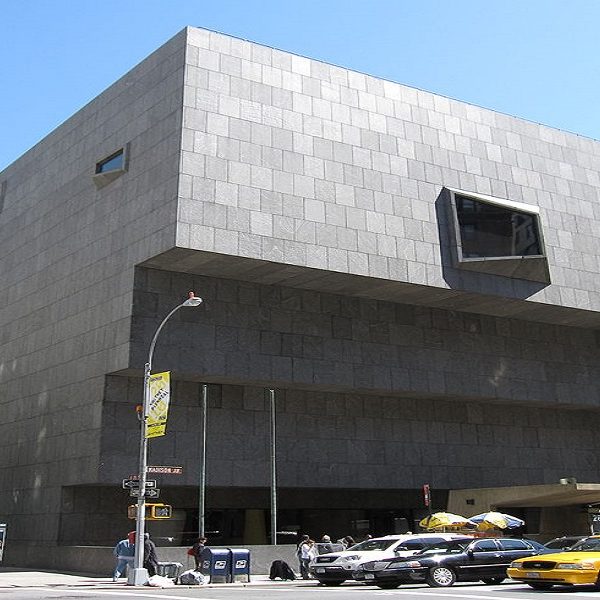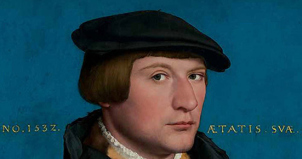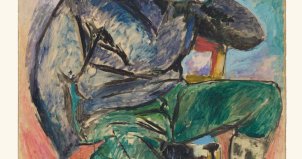Why 1971? By Judith Clark, co-author of “Exhibiting Fashion: Before and After 1971”
 Lots of things happened in 1971… Disney World opened, Greenpeace came into existence, Mount Etna erupted, and an exhibition opened at London’s Victoria and Albert Museum changed the course of fashion curation. Judith Clark, co-author of our new book Exhibiting Fashion, explains why.
Lots of things happened in 1971… Disney World opened, Greenpeace came into existence, Mount Etna erupted, and an exhibition opened at London’s Victoria and Albert Museum changed the course of fashion curation. Judith Clark, co-author of our new book Exhibiting Fashion, explains why.
Judith Clark—
Exhibiting Fashion: Before and After 1971 is the result of many conversations between Amy de la Haye and myself during years of teaching together at London College of Fashion, running the MA in Fashion Curation and recently co-directing the research Centre for Fashion Curation.
The 1971 exhibition (that explains the strange date in the title) is ‘Fashion: An Anthology by Cecil Beaton’, curated by Beaton himself for the Victoria and Albert Museum, and is both central to the book, and somehow symbolic of ideas that are central to our discipline. It came up again and again in conversation as a milestone – we referred to it not because it was the first exhibition of fashion, nor because its installations (by today’s standards) are sensational, but because on reflection it seems to illustrate the many dilemmas that still haunt exhibitions of fashion and its often awkward place within the museum. It represents an extraordinary moment of collecting at the V&A of really iconic 20th century couture that only someone with Beaton’s connections could have secured. His collaboration with designer Michael Haynes, who at the time was celebrated for his window displays for the likes of Jaeger, also drew attention to the objects on display being double agents, belonging at the same time inside and outside the museum. Many items in Beaton’s exhibition had been very recently worn to society events and balls, and some appeared in the issue of Vogue that came out concurrently. The mannequins were styled by fashion hairstylists, mounted by window dressers from the great London department stores – today this would not be particularly noteworthy, but at the time sparked dismay.
The book is a kind of compendium, it stops and starts as a series of case studies. Amy de la Haye looks at broader museum policy and the development of idiosyncratic collections of dress that were feeding into curatorial practice at the time, as well as Beaton’s own preoccupations, as well as, for example, in great detail at one outfit that was included in the 1971 exhibition: the Chanel trouser suit lent to the exhibition by the legendary American editor Diana Vreeland. The book owes most to her experience as a curator and dress historian who has been for so many years been engaged with museum practice – including a long professional association with Victoria and Albert Museum.
In a smaller section I try to address what I perceive as a paucity of available descriptions of exhibitions of dress – not only in quantity, but in breadth of engagement with the exhibitions: reviews are often in awe of the glamour, or in horror of their very existence. I provide 28 very short sections (sometimes a couple of paragraphs) that each describe the exhibition or one aspect of the exhibition from a different point of view, hoping that by doing this that the reader feels he or she might keep going, keep thinking up different perspectives. It is the exhibition design that is privileged in this section and its kaleidoscopic references. The book is intended for museum professionals, curators and artists, as it contains a wide range of previously unpublished material, as well as those interested in biography, material culture studies theatre and architecture, but it was written with our students in mind – so that it might contribute to broadening debate.
The book also includes a section that began as an index by Jeff Horsley but grew and grew to form a concluding chapter which charts the exponential growth of the discipline from 1971 to the present – and which apart from his insightful text does give the book a wealth of installation images, that, given the recent popularity of fashion exhibitions, we hope, will appeal to a more general reader.
Judith Clark is professor of fashion and museology at the London College of Fashion.

























